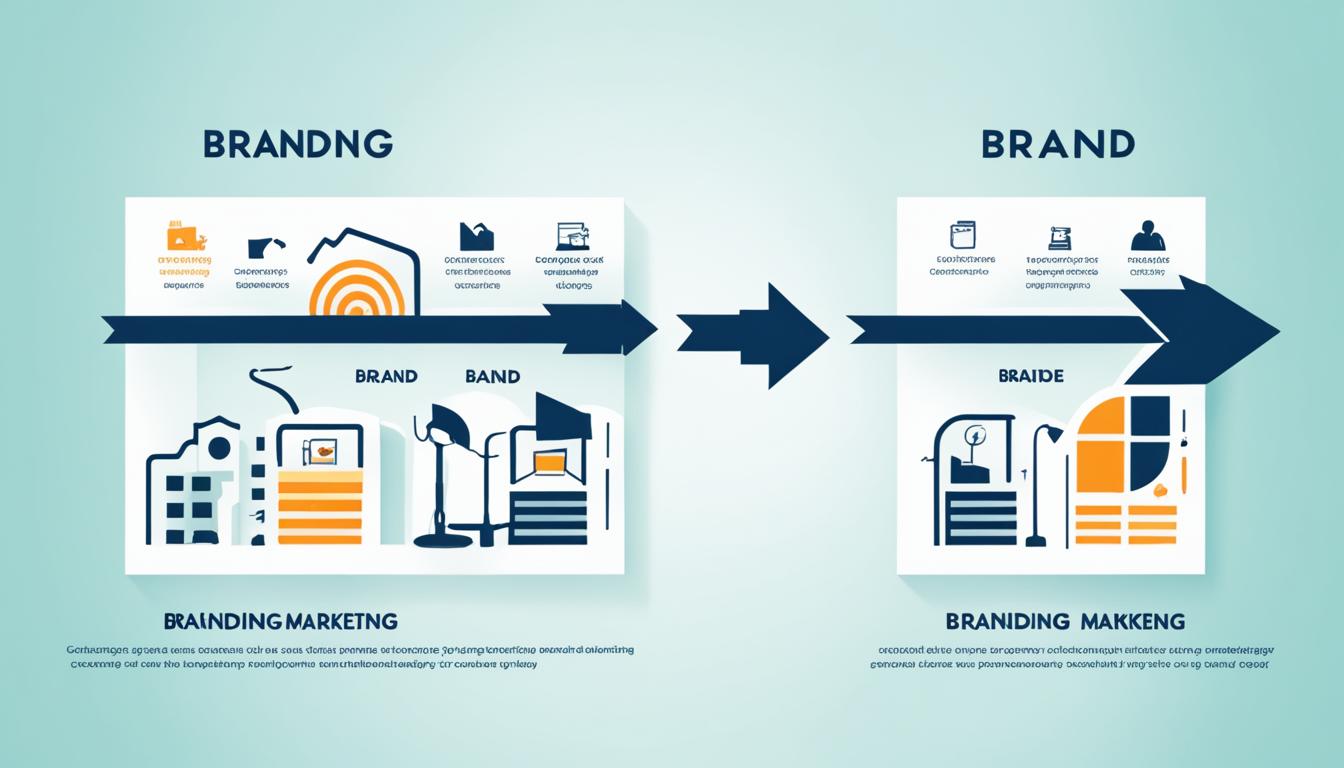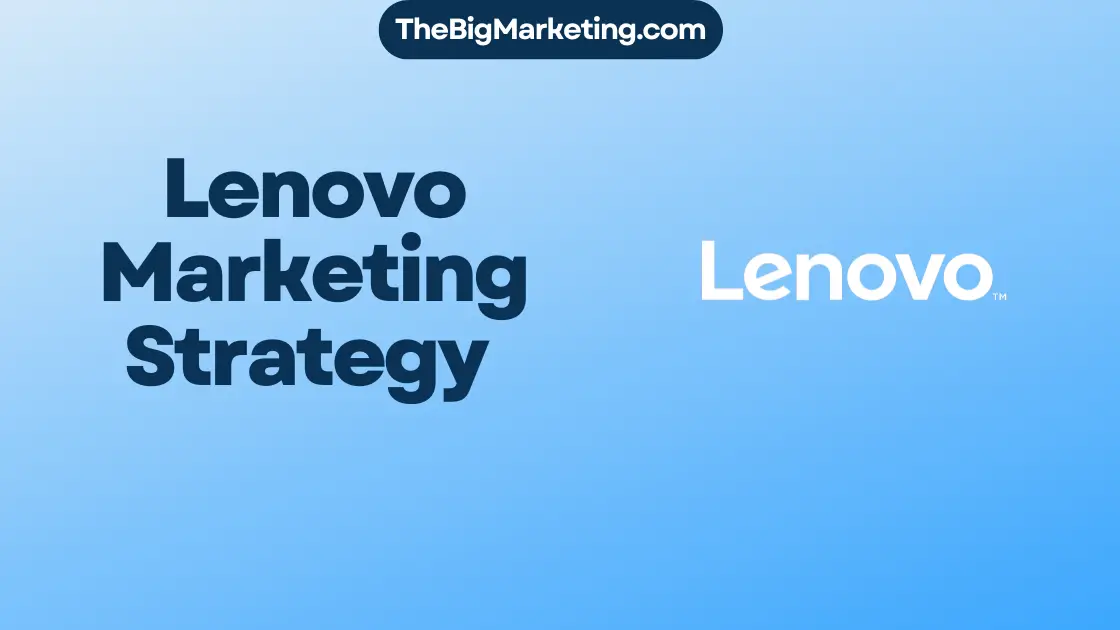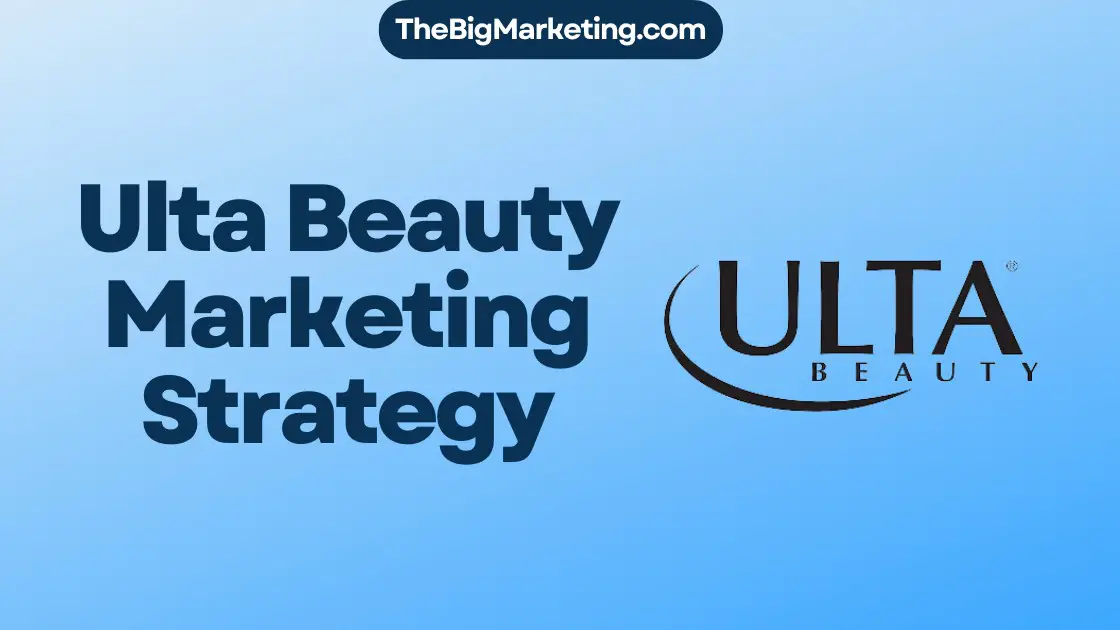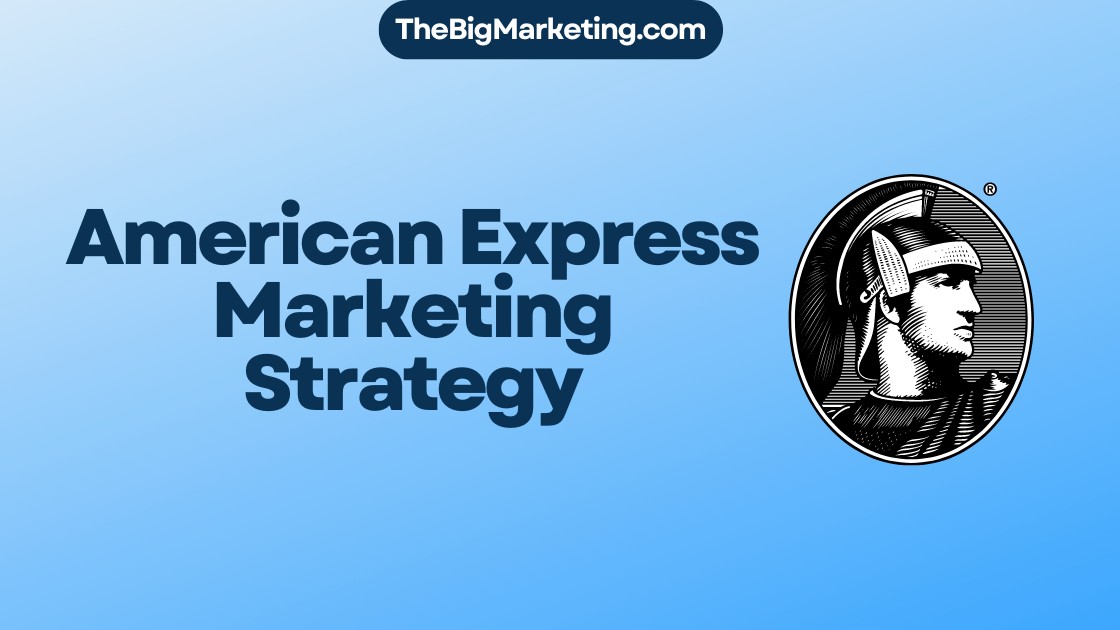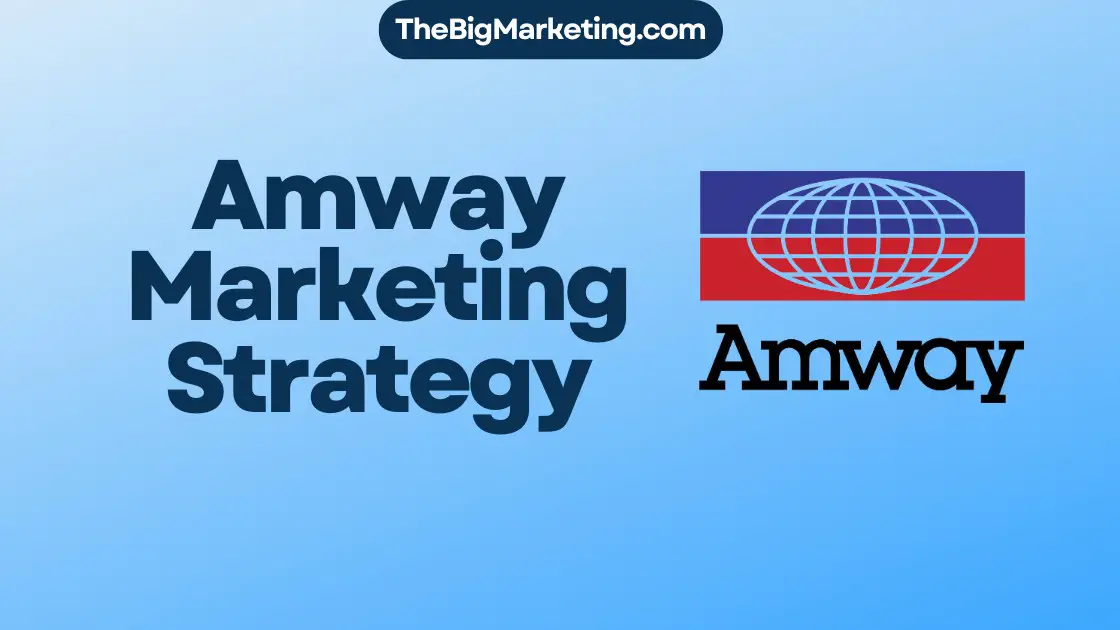Dove is a personal care brand owned by Unilever. It’s known for its successful marketing strategy. Dove products focus on freshness and moisturizing, appealing to men, women, and toddlers across the globe.
This case study will look at Dove’s marketing methods. We’ll see how they reach out to specific groups like digitally savvy women. We will also cover their SEO optimization and how it connects with customers. Plus, we’ll go over how Dove’s ads have changed to boost self-esteem and question traditional beauty ideals.
Key Takeaways:
- Dove’s marketing strategy targets specific demographics, such as digitally active women.
- SEO optimization is key to Dove’s consumer engagement strategy.
- Dove’s ads aim to uplift self-esteem and question beauty norms.
- The marketing mix includes product strategy, pricing, distribution, and promotion.
- The “Real Beauty” campaign significantly impacted the industry and started worldwide talks on beauty standards.
Now, let’s focus on Dove’s target audience. We’ll also discuss their ever-changing advertising tactics. Lastly, we’ll examine the effects of their “Real Beauty” campaign.
Dove’s Target Audience and SEO Case Study
Dove soap mainly targets women aged 18 to 35 who love natural beauty products. The brand reaches out through social media like Facebook and Twitter. Dove uses smart ads and promotions to build a strong connection, increasing brand loyalty and sales.
The “WHAT WOMEN WANT” campaign in India is a great example of Dove’s SEO skills. It focused on women’s hair care needs. By posting engaging content about hair care, Dove’s online visits grew by 54%. They used keyword analysis and optimized their site to become a top hair care resource.
Dove is known for its high-quality content that meets its audience’s needs. This approach has boosted Dove’s reputation and attracted new users through SEO. The brand is seen as trustworthy. This trust encourages loyalty and contributes to Dove’s ongoing success.
Evolution of Dove’s Advertising Strategy
Dove’s ads have changed a lot over time, matching with new trends and what people like. The brand has always aimed to make strong and successful ads. It also promotes loving your body and questions typical beauty standards.
In the 1950s, Dove focused on the moisturizing power of its beauty bar. This made Dove stand out from other soaps.
In the 1970s, Dove aimed its ads at the benefits of anti-aging. This move was to meet the demand for skincare from older buyers.
The 1980s and 1990s saw Dove comparing its moisture to other soaps. This made customers stay loyal by always showing Dove’s high quality.
In recent years, Dove has been bold and creative with its ads. It leads in promoting positive body image and pushing against old beauty ideas.
Dove uses real women in its ads to celebrate all kinds of beauty. By sharing real stories, Dove makes content that touches people deeply.
Dove uses social media to spread its message of self-love and power. With many followers online, Dove has built a community that likes their uplifting stories and trends.
Dove’s ads have sparked big talks about beauty standards. They have inspired others in the business to be more open and positive in ads.
Evolution of Dove’s Advertising Strategy
| Decade | Branding Approach |
|---|---|
| 1950s | Showcasing moisturizing qualities |
| 1970s | Emphasizing anti-aging benefits |
| 1980s-1990s | Comparative advertising highlighting superior moisturization |
| Recent years | Promoting body positivity and challenging beauty norms |
Dove’s ad changes show its commitment to keep up with buyers and stay true to its key values. By embracing diversity, giving power to people, and using digital spaces, Dove continues to have a positive effect on the beauty world.
Dove’s Marketing Mix Analysis
Dove uses a full marketing mix to market Dove soap wisely. It focuses on product, price, distribution, and promotion strategies. This helps Dove effectively meet and connect with its target market.
Product Strategy
Dove offers many personal care products to boost natural beauty. Items include their unique beauty bar, body wash, shampoo, and skin care products. They ensure quality and effectiveness, making Dove soap a top choice globally.
Pricing Strategy
Dove sets prices based on value, making high-quality products affordable. This pricing helps attract different customers while keeping the Dove image. It boosts loyalty and makes customers happier with their purchases.
Distribution Strategy
Dove’s products are easy to find thanks to a large distribution network. You can find them in supermarkets, drugstores, and convenience stores. Dove also sells online to reach more customers in today’s digital world.
Promotion Strategy
Dove promotes through both traditional and digital ways. TV ads and print help reach a wide audience. Digital channels, like social media, help Dove connect better with its market.
Using digital marketing, Dove offers personalized content and interactive campaigns. This helps to build stronger ties with people, increasing engagement and loyalty.
| Marketing Mix Component | Description |
|---|---|
| Product Strategy | Offering a range of personal care items that enhance natural beauty |
| Pricing Strategy | Providing high-quality products at affordable prices |
| Distribution Strategy | Ensuring wide availability through an extensive retail network and online platforms |
| Promotion Strategy | Utilizing traditional advertising and digital marketing to engage with the target audience |
Dove’s “Real Beauty” Campaign
In 2004, Dove launched its “Real Beauty” campaign. This path-breaking campaign aimed to challenge usual ideas of beauty. It featured real women with different body sizes, ages, and backgrounds.
This effort sparked discussions worldwide about beauty standards and women’s portrayal in media. Dove showed itself as a supporter of body positivity and confidence in women. By doing this, Dove aimed to change beauty norms and boost women’s confidence.
The social impact was huge. It encouraged other brands and the advertising industry to offer a more realistic view of beauty.
Dove’s campaign changed beauty brand marketing. It celebrated the unique beauty of diverse women. By showing women of various sizes, ages, and ethnicities, Dove fought old beauty ideals and underlined the value of including everyone.
This campaign focused on encouraging women to accept and love themselves. Powerful adverts pushed women to reject unrealistic beauty standards. This message of authenticity and empowerment made Dove a trusted name around the world.
These advertisements touched people deeply, leading to wide discussions on body image and self-esteem. By highlighting real women and their stories, Dove stood for truth and empowerment.
The Impact of Dove’s “Real Beauty” Campaign
The campaign changed the advertising world, with more brands embracing diversity. It showed that beauty wasn’t about fitting a specific mold. The campaign celebrated the beauty of every woman, regardless of size, shape, or age.
Dove’s success also strengthened its brand. By supporting body positivity, Dove attracted a loyal customer base. The campaign connected with women worldwide, fostering a sense of community.
Moreover, Dove encouraged a cultural change in beauty representation. It led other brands to change their marketing strategies to be more inclusive. The campaign fought conventional beauty norms, showing that beauty comes in various forms.
To sum up, Dove’s “Real Beauty” campaign was a pioneering marketing strategy that altered beauty ideals and empowered women globally. Its focus on real portrayal and inclusive messaging started a worldwide movement. Dove’s dedication to boosting self-esteem and body confidence is continuing to influence beauty marketing’s future.
Implications of Dove’s Real Beauty Campaign
Dove’s “Real Beauty” campaign greatly influenced both their brand and the beauty world. They showed themselves as a brand caring about society. This helped Dove make loyal customers who liked their message of loving oneself and being inclusive. The campaign fought against unrealistic beauty standards.
It made people feel good about their natural looks. This boosted Dove’s sales and improved how people saw the brand.
Yet, it’s key to see that the campaign faced criticism and controversies. Some people called Dove a hypocrite because Unilever, its parent company, sells skin-lightening products. These issues show it’s hard to deal with the beauty industry’s problems. They stress the importance of staying true to one’s message across all efforts.
Still, Dove’s “Real Beauty” campaign has deeply affected the industry. It’s changing how beauty is sold and seen, pushing other brands to value diversity and change old beauty norms. The campaign proved that marketing with a real message can win people’s hearts. It showed the strength of being genuine and inclusive.
The Impact of Dove’s Real Beauty Campaign:
- Positioned Dove as a socially conscious brand
- Built a loyal customer base
- Challenged unrealistic beauty ideals
- Promoted self-acceptance
- Increased sales
- Positive brand image
| Pros | Cons |
|---|---|
| Dove positioned as a champion of self-acceptance | Criticisms of hypocrisy due to other brand promotions |
| Increased brand loyalty | Controversies surrounding messaging |
| Positive impact on the beauty industry | Complexities of navigating the industry |
Dove’s Advertising and Marketing Campaign Strategies
Dove’s ads and marketing campaigns play a key role in their self-acceptance and body positivity message. They use many ways to reach a lot of people and start talks on beauty standards.
The “Real Beauty Sketches” campaign by Dove got a lot of attention and praise. It showed the gap between how women view themselves versus others’ views. It taught that women are often too hard on themselves. It spread the word on the importance of loving yourself and celebrating your unique beauty.
Dove’s “Campaign for Real Beauty” took a new marketing path. It featured real women of all sizes, shapes, and backgrounds. Its goal was to change how beauty is seen. It encouraged women to love their natural selves, sharing a positive and broad view of beauty.
Dove uses different methods to share their strong messages. They’ve used print ads, TV commercials, billboards, and digital spaces well. Their engaging visuals and stories have made a big difference. They’ve reached their audience and left a lasting mark.
Also, Dove connects with their audience on social media. They share uplifting content and stories. They use hashtags and content from users to start good talks and boost their self-acceptance message. This helps them connect more deeply with their audience and build a community.
Innovative Marketing Strategies and Impactful Results
Dove’s marketing campaigns are unique in the beauty world. They stand out by showing diverse models and questioning beauty ideals. This sets them apart from the competition.
These campaigns have raised Dove’s profile and improved their image. They’ve also affected society. They’ve sparked talks on beauty and inspired other brands to show beauty in a more inclusive way.
In summary, Dove’s advertising and marketing have powerfully promoted self-love and body positivity. Their creative campaigns have left a lasting print on the beauty industry. They’ve brought in new beauty standards by using diverse models, strong messages, and audience interaction. Dove is leading the way in the future of marketing for personal care.
| Key Benefits | Examples |
|---|---|
| Increased brand awareness | Real Beauty Sketches campaign |
| Positive brand image | Campaign for Real Beauty |
| Social impact and conversations | Challenging beauty norms |
| Engagement and community-building | Empowering content on social media |
Dove’s Use of Digital Marketing in Strategy
Dove has embraced digital marketing to connect with their audience effectively. They use various online platforms. They have created viral campaigns, especially on YouTube, with millions of views.
Dove actively engages with their audience on social media. They use hashtags and personalized content for positive discussions. This promotes visibility and builds a loyal community.
The Dove website is key to their digital marketing. The “Beauty Bar” feature lets visitors find products that fit their needs. This approach improves customer experiences and strengthens relationships.
Dove’s digital marketing spreads a message of self-acceptance. It challenges traditional beauty standards. Their campaigns impact their target audience and promote the Dove brand.
Dove’s Digital Marketing Channels
| Platform | Key Features |
|---|---|
| Social Media (e.g., Facebook, Twitter, Instagram) | Active audience engagement, personalized content, hashtags, campaigns |
| YouTube | Creation of viral campaigns, millions of views |
| Dove Website | Interactive features, personalized product recommendations |
Competitive Analysis of Dove
Dove competes with many brands in personal care. Yet, its marketing and focus on including everyone makes it special.
Dove celebrates real beauty and positivity about one’s body. This makes Dove a brand with a heart, liked by people who seek truth and diversity. With smart marketing, Dove reaches its audience effectively.
Dove also leads thanks to its top-notch products and fair prices. By promoting natural beauty without costing too much, Dove earns loyal customers.
Dove’s products are easy to find, thanks to its wide distribution. It also has a strong online presence. This helps Dove stay ahead of the game.
To wrap up, Dove’s smart marketing and commitment to inclusivity shine in the personal care world. By always improving its approach, Dove connects with its audience well. This keeps Dove ahead in the market.
Suggestions for Better Campaigns
In order to boost future marketing campaigns, Dove can try these strategies:
Diversify Models
Dove should include women of all races, sizes, and abilities in their ads. They need to address the lack of representation. This makes their campaigns more inclusive. It will attract a wider audience and strengthen Dove’s brand.
Expand Digital Marketing Strategies
Dove should keep up with influencer partnerships and user content. They need to use more of social media and digital platforms. This will let them connect better with their audience. It highlights self-acceptance and body positivity. Thus, it will improve Dove soap visibility.
Partner with Social Causes
Dove should work with groups that boost self-esteem and body confidence. Partnerships with these organizations can boost Dove’s image. It shows Dove as a caring and responsible brand. This means better Dove soap campaigns and a stronger brand.
By following these tips, Dove can enhance their marketing. These steps will help in better Dove soap promotion. They keep Dove true to their values of inclusivity, authenticity, and empowerment.
Conclusion
Dove has truly made a mark with its approach to marketing. They’ve embraced self-acceptance and challenged the usual beauty standards. This has made them leaders in promoting body positivity and self-esteem among women. They stand out by using diverse models, sharing powerful messages, and employing smart digital marketing.
Dove has faced criticisms but their influence in the beauty world is clear. Their campaigns have boosted customer loyalty and improved their brand image. By promoting a broader view of beauty, Dove has connected with people globally.
Looking ahead, Dove has the chance to keep making waves. They can work with groups that support their mission of self-acceptance and women’s empowerment. By sticking to their values and using their digital strength and partnerships wisely, Dove can keep inspiring change. They can make a bigger difference in both the industry and society.

